My image reproduction has mostly been interested in the use of colours and how that enhances the live music performance. I want to create a graphic poster that emphasises the colours used in the stage lighting and then create a vintage, musician poster. Conceptually it’s interested in the intersectionality of art technicalities such as photography, sound engineering and all the different elements that make up a live music performance and how that contributes to the final product.
Hall’s reading directed my attention to the 1930s photography of Edward Steichen. What I found compelling about his photographs is his prominent use of lighting in emphasising light and shadow. It is an integral part of the photograph- even lighting props are featured in some of his photographs. I find inspiration in this as I’ve been at a loss trying to figure out how I will portray the intersectionality of art specialities to create a moment as special as live music. I like how Edward has shown himself with the camera, lighting and backdrop – him in his natural habitat. So, with my final picture perhaps I will crop in images of the background elements that make up a live music scene.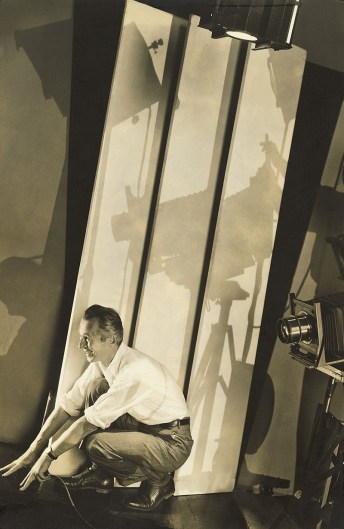
(Self-portrait with Photographic Paraphernalis, 1929)
The black and white colour emphasises the contours and interesting elements of the image. Especially as the photograph above the salience is drawn to the shadow of the camera as it looms over Edward. Lighting props can also be perceived in the photo which conveys the element of lighting utilised in his photo. The gaze of the camera taking the photo co-exists with the gaze of Edward in the sense the viewer gets an insight into his world. The camera, photographer and lighting equipment evident in the photo show the co-existence of art mediums.
Hall (1999 pp.273) explores the ‘aura’ in which his photographs has. That is the authenticity of the photograph remains as it hasn’t be digital remastered. They’re organic, ambiguous and show the ambiguous, multiple translatable nature of the human condition. Edward argues that art looses its ‘aura’ due the commodification process.
(Black, 1935 & The Renowned Ballroom Dancers, 1935)
“If artwork is created with a reproductive environment specifically in mind many elements can be considered that may not have been previously incorporated into paintings- a new visual language.” (Hall pp. 273) Anyway, this reading bought to my attention to explore within my photos a black and white alternate version of it as the colour spectrum allowed from digital processing is limited. Also noting, I wanted to take away the colourful elements of the photo which allows the viewer to focus on the action in the image, the passion on their face, the contrasting of light and shadow as opposed what colours have been used. The aura – as you will of the image.
I’ve gone and desaturated my chosen images. I then turned up the contrast a little and added the old photo filter to give the same vintage, warm tonality Steichen has. I also added a vignette to further emphasise the old fashioned, black and white, romanticised vibe I was aiming for.
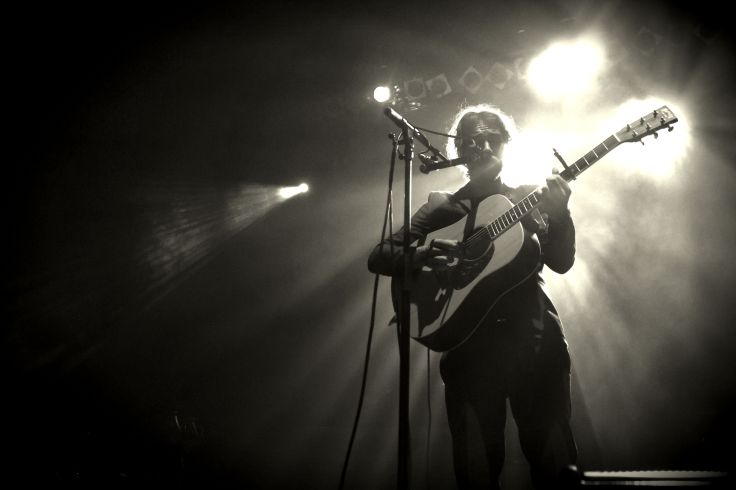
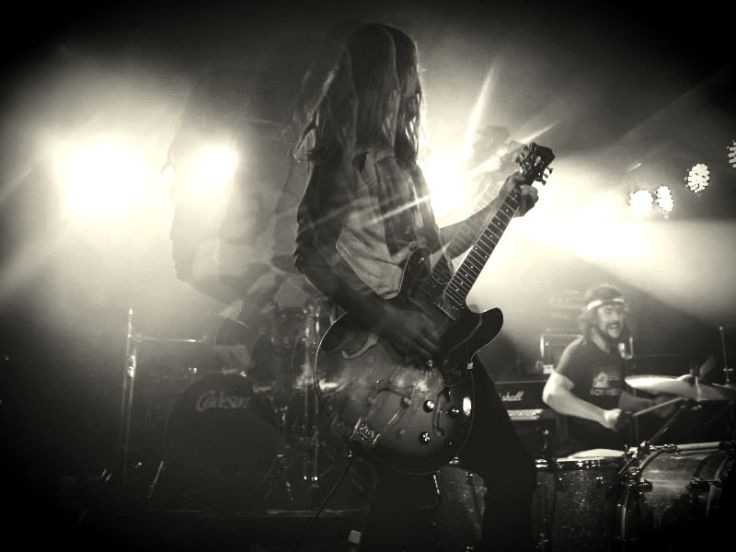
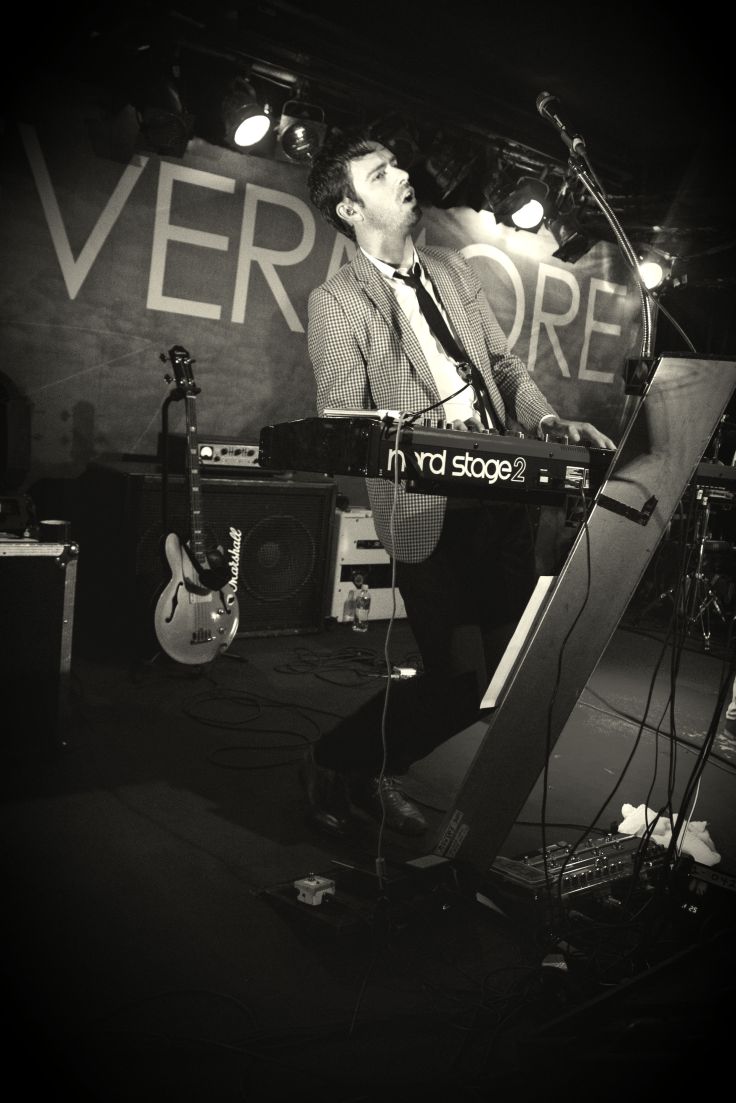
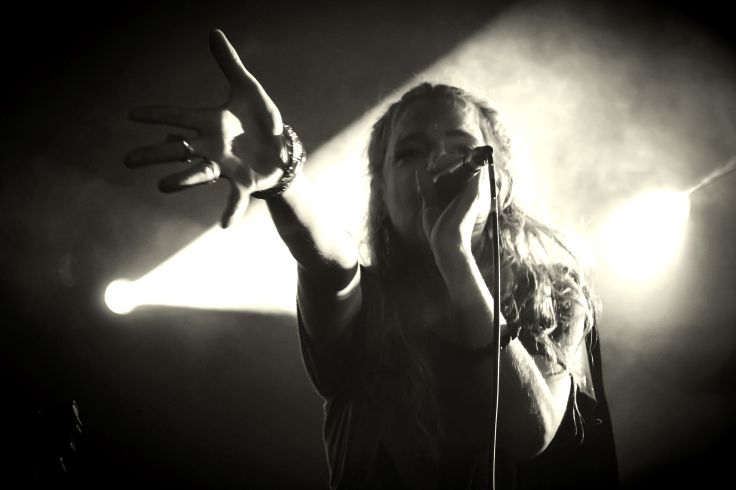
I like in the photos how the salience is on the emotion of the musician as opposed to the aesthetic aspect of the stage lighting. It does have a romanticised, retro feeling. I might although leave the original photo in colour but I will put the images of the camera/sound desk that I’m cropping into the image in black and white.
References:
Hall, D. 1999, ‘The Original and Reproduction: Art in the Age of Digital Technology’, Visual Resources, vol. 15, no. 3, pp. 269- 278.



Leave a comment